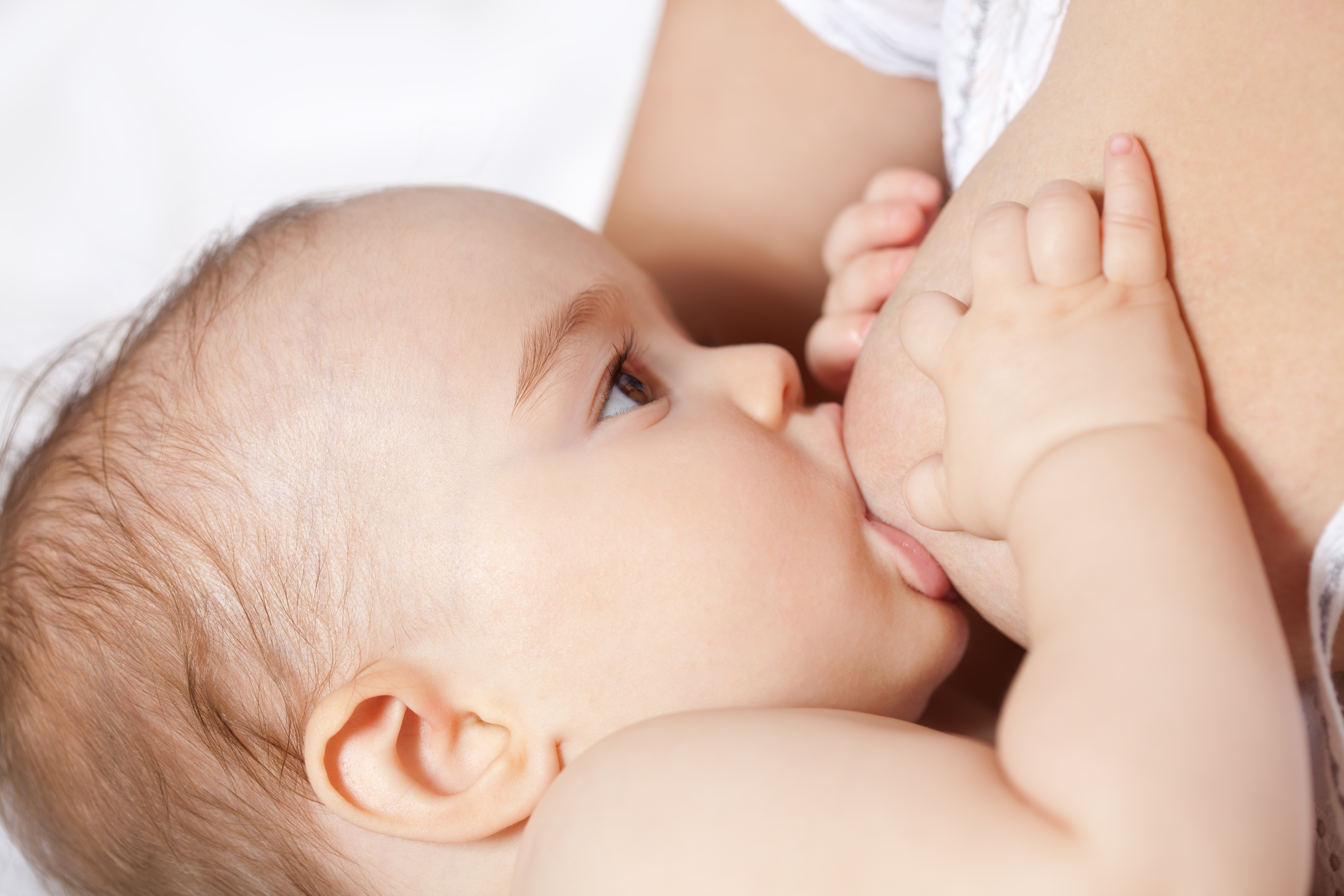
Breast pads can be disposable cotton fibre, reusable cotton, fleece or muslin material and slip inside your nursing bra to absorb any leaking milk.
Breast pads are more likely to be needed in the early days of breastfeeding when you are establishing your milk supply and your breasts have a strong letdown response. Not all women need them.
If you produce a lot of milk after feeds and in between feeds you may want to use breastfeeding shells as they can collect the breast milk and prevent it being wasted.
If you have sore or damaged nipples you should try to avoid having breast pads against them all the time as it might make the nipples more sore. Instead, try to let your breasts get fresh air and if the nipple damage is bad you may need to try moist wound healing e.g., medical grade lanolin, a gauze dressing, a hydrogel dressing or soft white paraffin on the nipple to allow the nipples to recover in a moist state without getting dry and scabbed . Some women use a breast shell to protect a damaged nipple from contact with their clothing.